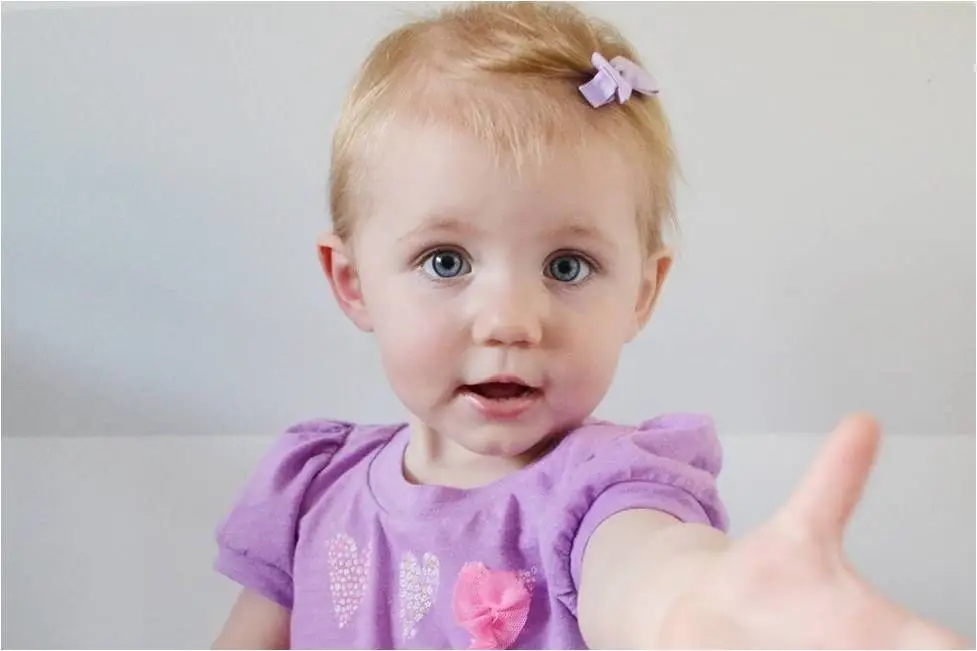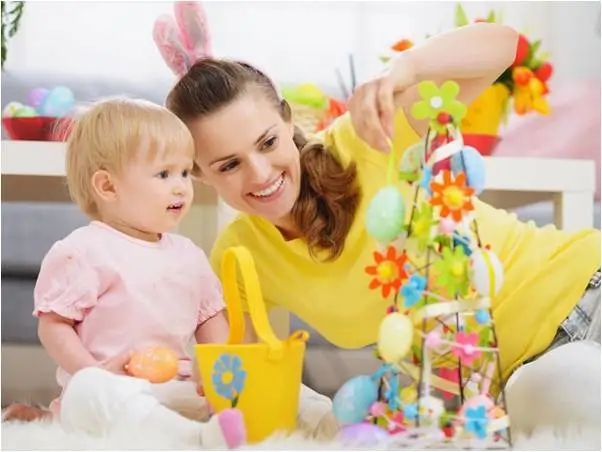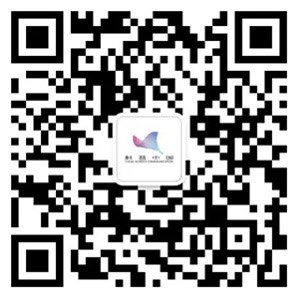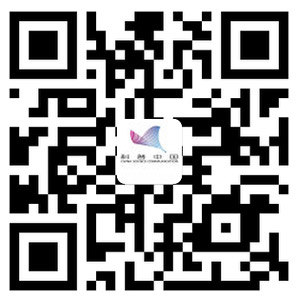这是 达医晓护 的第 2462 篇文章
恭喜你们, 宝宝已经满1岁了。在过去的一年里,宝宝和爸爸妈妈们都已经获得了很大进步,你们都太厉害了!在接下来的3个月里, 小宝贝又会学会些什么呢,让我们一起来看一看吧!
 玩耍和行为
玩耍和行为
宝宝会花很多时间来研究不同东西的用处,想知道这些东西能用来怎么玩。她会用积木搭建小塔然后推到,她会用彩色水笔或蜡笔乱涂乱画,或者把夹子扔进篮子里。这个年龄的宝宝对她所在的世界充满了新奇,她喜欢不断地探索,这个时候如果你陪在旁边,宝宝会感到安全并有信心尝试新事物。
情感
现下这个阶段对宝宝的社交和情感发育也很重要。我们会发现他可以和其他孩子坐在一起玩耍。宝宝可能经常表现出分离焦虑的迹象。但她也会开始表现出共情——例如,当她看到别人哭的时候,可能会表现出很悲伤或者难过不安。共情是关心和理解他人的经历和感受,感同身受,是与他人建立关系的重要组成部分。
交流和语言
在12个月龄以后,孩子的语言发育开始成熟了。在他平时的咿咿呀呀的唠叨里开始出现真正的单词。宝宝可能会说出他比较熟悉的物体的单词--比如,球。但现在还并没有到全部用单词来表达的阶段――他还是会自己咿咿呀呀,点头摇头,通过用手去指某样东西来表达他想要什么。
在1-2岁的年龄阶段,宝宝将学会使用和理解更多的单词和更多种类的词汇。一开始,她会理解单词以名词为主。通常是生活中常见的事物名称,例如,“杯子”,“娃娃”;身体部位的名称,比如“肚子”、“脚”;食物的名称,比如“苹果”,“饭”;还有就是称呼,比如“阿姨”,“姐姐”。然后她会懂几个动词,例如“吃”和“跑”。接下来是形容词,例如“大”和“甜”。
大约12个月后,你的孩子就会开始用语言与你交流,他的咿咿呀呀会变成真正有意义的语言。在15个月龄后,你的孩子会用手指向位于比较远处的事物,让你说出他们的名字。这个阶段的语言发育包括学习使用单词和句子。你的孩子也可能喜欢一遍又一遍地说同一个词。
运动
保持活动可以有益于锻炼孩子的肌肉力量,对更复杂的运动项目有帮助,比如站立,走路和跑步。在这几个月里,你的孩子自己站起来而不需要你或家具帮助支撑,并且可能会开始自己走路。随着她走得越来越好,她可能开始会爬楼梯甚至家具。
如果你的孩子还没有独立行走,也不要过于担心。有些孩子可能要到15-18个月才会独立行走。
在这个年龄阶段,宝宝可能还会做到:
·拥抱你
·当你说出身体部位、喜爱的玩具或熟悉的人的名字,她会用手指出来
·从杯子里喝水和使用勺子——不过可能有一些泼洒出来!
·听从大人简单的指令,例如,“请给我一个积木”
·当你给她穿衣服时,她会尝试帮忙,经常是伸出手臂穿袖子,或是抬起脚穿鞋
·握着蜡笔,如果你演示给她看怎么画画,她会可能会开始乱涂乱画。
 如何促进12到15月龄宝宝发育?
如何促进12到15月龄宝宝发育?
1. 给孩子很多拥抱和亲吻:共情和积极的关注对孩子很重要,有利于孩子的情感发育。在相处时体现你和宝宝的感同身受,并表现出温暖,热情和感兴趣回应孩子,会帮助他感到安全和有价值。但要记住,你的孩子仍在学习如何运用和表达他的情绪,以及如何与他人相处。
2. 陪宝宝一起玩:
玩耍是孩子重要的学习方式和与他人互动的途径。通过玩耍和游戏,孩子了解事物是如何工作的,因此要找时间和孩子一起腾出时间玩,室内和室外都可以。开放式玩具是很好的游戏选择,你们可以一起尝试积木类,拼插颗粒类,球,冰淇淋罐子甚至纸板箱。宝宝还会继续喜欢之前就一直玩的拍手游戏和躲猫猫。
3. 陪宝宝交谈:和她说话时告诉她日常生活中事物的名称——比如身体各个部位、玩具和家庭生活用品,如勺子或椅子,这样可以培养孩子的语言能力。在这个年龄,你可以教逐步地教你的孩子,比如一个“苹果”可以是一个“大苹果”、“红苹果”甚至是一个“大红苹果”。
4.培养孩子的谈话和交流技能:可以通过倾听她的说话并回复她来进行。你可以模仿你的孩子说的话——例如,如果她说“妈妈”,你就说“是的,我是你妈妈”。这鼓励了双向对话,同时也会让你的孩子感到被重视和被疼爱。
5.陪宝宝一起阅读:和孩子一起阅读、讲故事、唱歌和背诵童谣可以鼓励孩子说话和培养想象力。
6.鼓励宝宝学会日常生活技能:
6. 鼓励宝宝学习日常生活技能:生活中可以教并鼓励孩子使用勺子、从杯子里喝水和摘掉帽子等日常技能。这些技能的运用会锻炼到一系列大小肌群的的运动以及协调性,以及同时思考自己正在做什么的能力。
7. 鼓励宝宝运动:运动帮助孩子增强肌肉力量,这对以后掌握更复杂的运动,比如走路和跑步来说很重要。注意要有安全的居家环境可以让孩子积极运动的同时不会受伤。
 在什么情况下需要引起重视去看医生
在什么情况下需要引起重视去看医生
如果观察到12-15月龄的宝宝有下述情况之一的,需要带孩子去看医生进一步评估。
视觉,听觉,和交流
·和你没有眼神的接触和交流,不会追视移动的物体,或眼睛有斜视
·对声音没有兴趣或反应
·对叫他名字没反应
没有咿呀学语或使用单个的单词
·不会通过肢体语言,声音或语言来让你知道他的需求
·不会用挥手都手势, 不会指物
行为,游戏和情感
·看上去不理解你表达的意思
·不会表现出情绪或情感
运动发育
·在扶着你或家具时仍不会站立
·使用一只手明显远远多于另一只手
What is happening during your toddler’s 12-15 months
Behaviour and play
Your toddler spends a lot of time working out what different things do, and what she can do with them. She’ll build small towers of blocks and knock them down, scribble with a texta or crayon, and drop pegs into a basket. Toddlers love exploring. And if you’re around while your child explores, he feels safe and has the self-confidence to try new things.
Feelings
This is also an important time for your toddler socially and emotionally. You might notice your toddler playing alongside other children now. Your child might often show signs of separation anxiety. But she’ll also begin to show empathy – for example, she might look sad or get upset when she sees someone else crying. Empathy is about understanding how others might be feeling, and it’s an important part of forming relationships with people.
Communicating and talking
At this age, your child’s language development matures. His babbling starts to include real words. He might name familiar objects – for example, a ball. But it’s not all words just yet – he’ll still grunt, nod and point to let you know what he wants.
At 1-2 years, your child will learn to use and understand more words and more types of words. At first she’ll understand mostly nouns. Generally they start from the names of things nearby, for example, common objects like ‘cup’ or ‘doll’; body parts like ‘tummy’ or ‘foot’ food like ‘apple’ or ‘rice’. Eventually she’ll understand a few verbs – for example, ‘eat’ and ‘run’. Adjectives come next – for example, ‘big’ and ‘sweet’.
At around 12 months, your child will start using words to communicate with you. His babble will start turning into real words. At around 15 months, your child will point to things further away and ask you to name them. Language development includes learning to use words and sentences. Your child might also enjoy saying the same word over and over.
Movement
Being active helps your child build muscle strength for more complex movements like standing, walking and running. Your toddler might stand up without needing help from you or the furniture in these months, and will probably start to walk on her own. As she gets better at walking, she might climb stairs or even the furniture.
If your child isn’t walking on his own yet, try not to worry too much. Some children won’t walk without help until 15-18 months.
At this age your child might also:
·hug you
·point to her body parts, favourite toys or familiar people when you name them
·drink from a cup – probably with some spills! – and use a spoon
·follow simple instructions – for example, ‘Please give me the block’
·try to help when you’re putting on her clothes, often by holding out her arms for sleeves or putting her foot up for shoes
·hold a crayon and possibly scribble with it after you show her how.
Helping toddler development at 12-15 months
1.Give your child lots of hugs, cuddles and kisses: empathy and positive attention are good for your child’s emotional development. Positive attention is when you respond to your child with warmth and interest. It helps your child feel secure and valued. But remember that your toddler is still learning how his emotions work and how to get along with others.
2.Playing is an important way for your child to find out how things work, so make time for both indoor and outdoor play. Open-ended toys are great for play – try blocks, pegs, balls, ice-cream containers and cardboard boxes. Your child will also still love playing games with you, like pat-a-cake or peekaboo.
3.Talk with your toddler: naming and talking about everyday things – body parts, toys and household items like spoons or chairs – develops your child’s language skills. At this age, you can teach your child that an ‘apple’ can be a ‘big apple’, ‘red apple’ or even a ‘big red apple’.
4.Build your child’s talking and communication skills by listening and talking back to her. You can copy what your child says – for example, if she says ‘mama’, you say ‘Yes, I'm your mama’. This encourages two-way conversation and also makes your child feel valued and loved.
5.Read with your toddler: you can encourage your child’s talking and imagination by reading together, telling stories, singing songs and reciting nursery rhymes.
6.Encourage everyday skills like using a spoon, drinking from a cup and taking off a hat. These skills involve both small and big muscle movements, as well as your toddler’s ability to think about what he’s doing.
7.Encourage moving: this helps your child build muscle strength, which is important for more complex movements like walking and running. Making your home safe means your active toddler can move about without getting hurt.
When to be concerned about toddler development
See your paediatrician if you have any concerns or notice that at 12-15 months your toddler has any of the following issues.
Seeing, hearing and communicating
·isn’t making eye contact with you, isn’t following moving objects with his eyes or has an eye that is turned in or out most of the time
·isn’t interested in sounds
·doesn’t respond to his name when called
·isn’t babbling or using single words
·isn’t trying to let you know what he wants
·isn’t using gestures like waving or pointing.
Behaviour, play and feelings
·doesn’t seem to understand you
·isn’t showing her emotions and feelings.
Movement and motor skills
·can’t stand even when holding on to you or the furniture
·uses one hand a lot more than the other.
作者:澳大利亚墨尔本大学医学院儿科博士
百汇医疗(中国)儿科医师
蒋本然




 扫码下载APP
扫码下载APP

 科普中国APP
科普中国APP
 科普中国
科普中国
 科普中国
科普中国